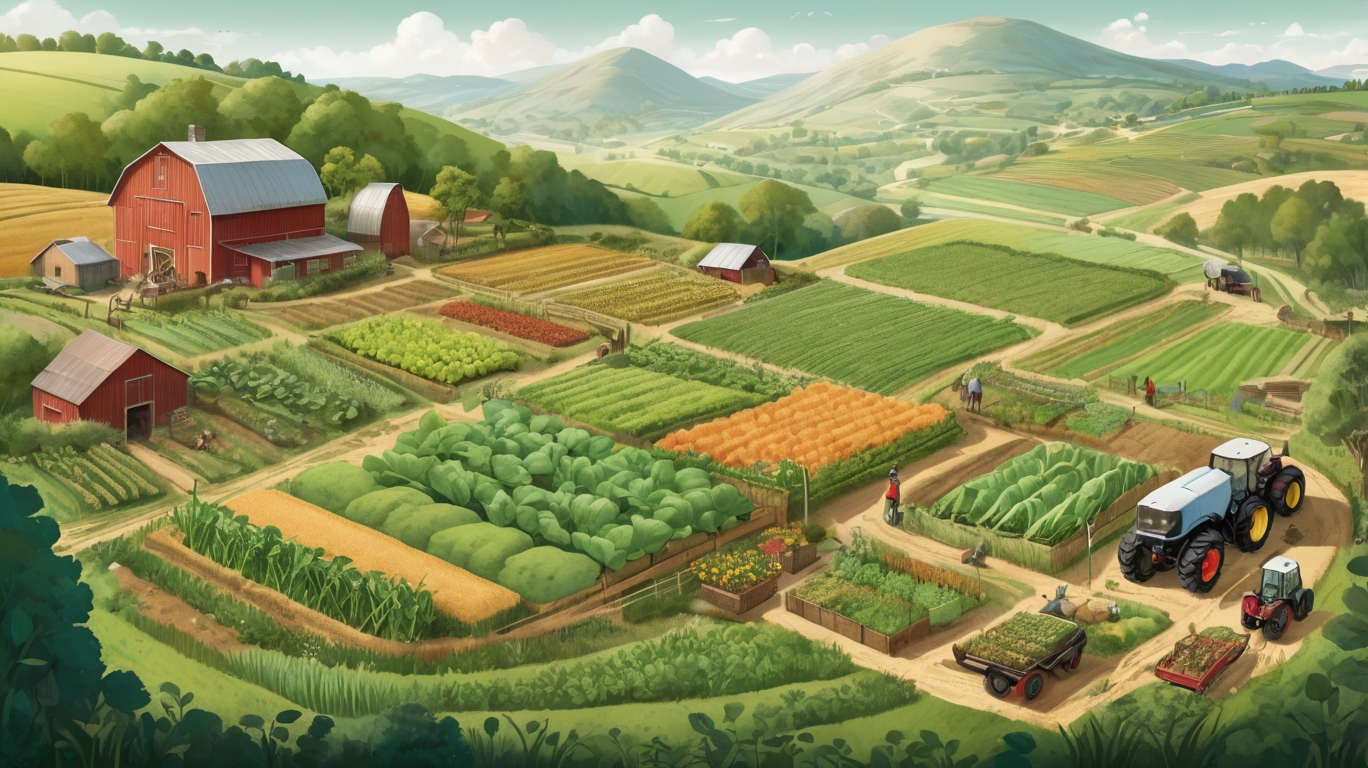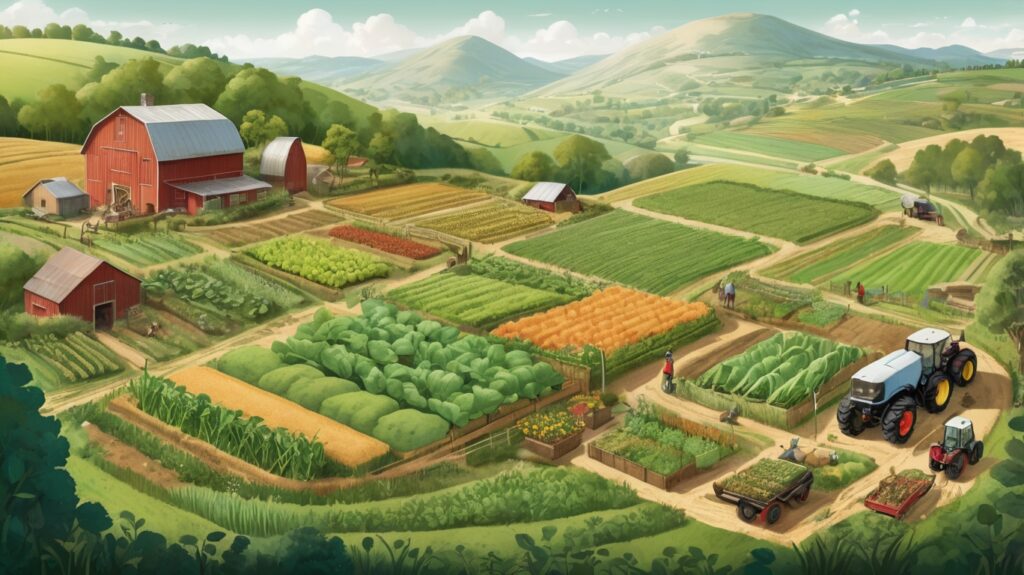Agroecology: Balancing Farming and Nature
In a world where agriculture often prioritizes high yields over environmental health, agroecology offers a refreshing alternative. This approach harmonizes farming with nature, creating sustainable systems that benefit both people and the planet. Rather than fighting against natural processes, agroecology works with them—cultivating resilience, biodiversity, and long-term productivity.

What Is Agroecology?
Agroecology is more than just a farming method; it’s a philosophy that integrates ecological principles into agriculture. It emphasizes:
- Biodiversity – Growing diverse crops, integrating trees, and encouraging beneficial insects to create balanced ecosystems.
- Soil Health – Prioritizing natural fertility through composting, crop rotation, and reduced tillage.
- Water Conservation – Using rainwater harvesting, mulching, and drought-resistant plants to minimize waste.
- Local Knowledge – Valuing traditional farming practices and adapting them to modern needs.
Unlike conventional farming, which often relies on synthetic inputs, agroecology reduces dependence on chemical fertilizers and pesticides. Instead, it fosters natural processes that sustain productivity without degrading the land.
Why Does It Matter?
Modern agriculture has undeniably increased food production, but at a cost. Soil degradation, water pollution, and loss of wildlife habitats are just some of the consequences of intensive farming. Agroecology offers a way forward by:
- Restoring Ecosystems – Diverse farms mimic natural habitats, supporting pollinators, birds, and soil organisms.
- Improving Food Security – Small-scale farmers, especially in developing regions, benefit from low-cost, sustainable techniques.
- Mitigating Climate Change – Healthy soils store carbon, and diversified systems are more resilient to extreme weather.
Agroecology in Practice
Farmers around the world are already embracing agroecological methods with inspiring results:
- Polycultures – Instead of vast monocultures, farmers grow multiple crops together, reducing pests and improving yields.
- Agroforestry – Combining trees with crops enhances soil fertility and provides additional income from timber or fruit.
- Natural Pest Control – Birds, bats, and beneficial insects are encouraged to keep pest populations in check.
These practices not only sustain the land but also strengthen rural communities by reducing reliance on expensive external inputs.
A Path Forward
Transitioning to agroecology requires support—from policymakers, researchers, and consumers. Governments can incentivize sustainable practices, while consumers can choose locally grown, ecologically produced food.
The beauty of agroecology lies in its simplicity: by working with nature rather than against it, farming becomes a regenerative force. It reminds us that agriculture doesn’t have to exploit the earth—it can nourish it.
In a time of environmental uncertainty, agroecology offers hope—a way to cultivate food, protect ecosystems, and build a more balanced future.
Would you support agroecological farming in your community? Share your thoughts in the comments.



